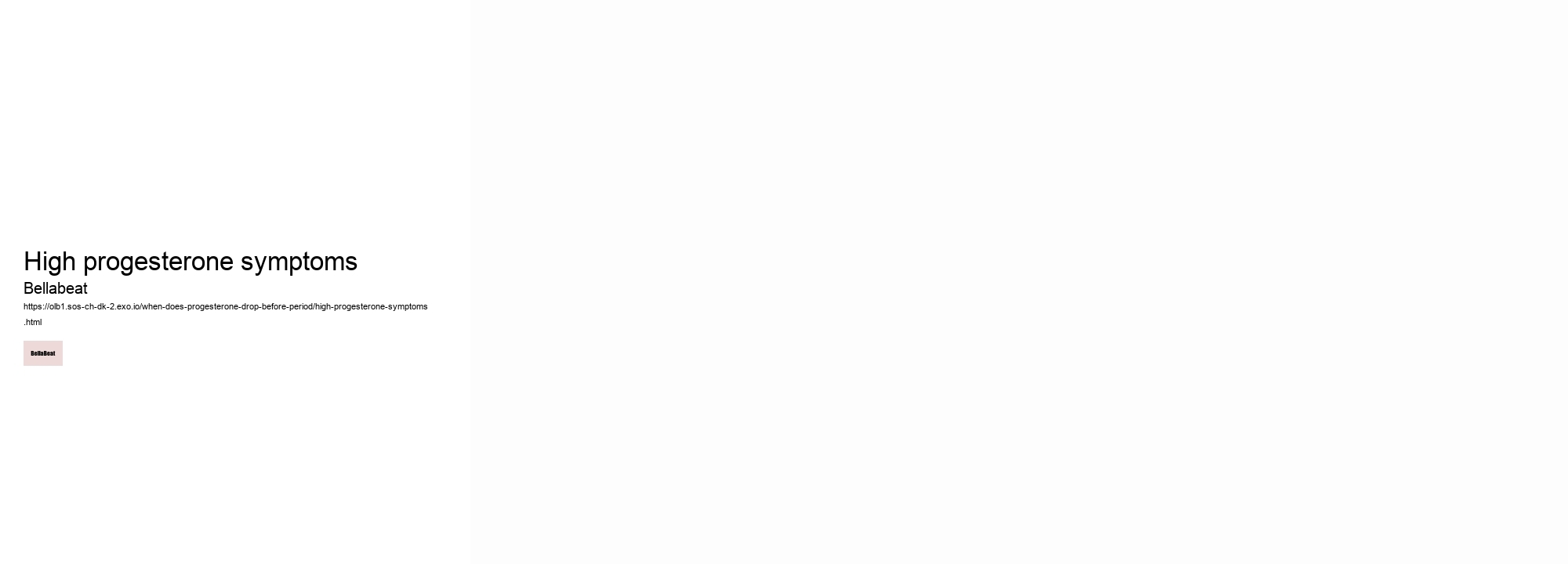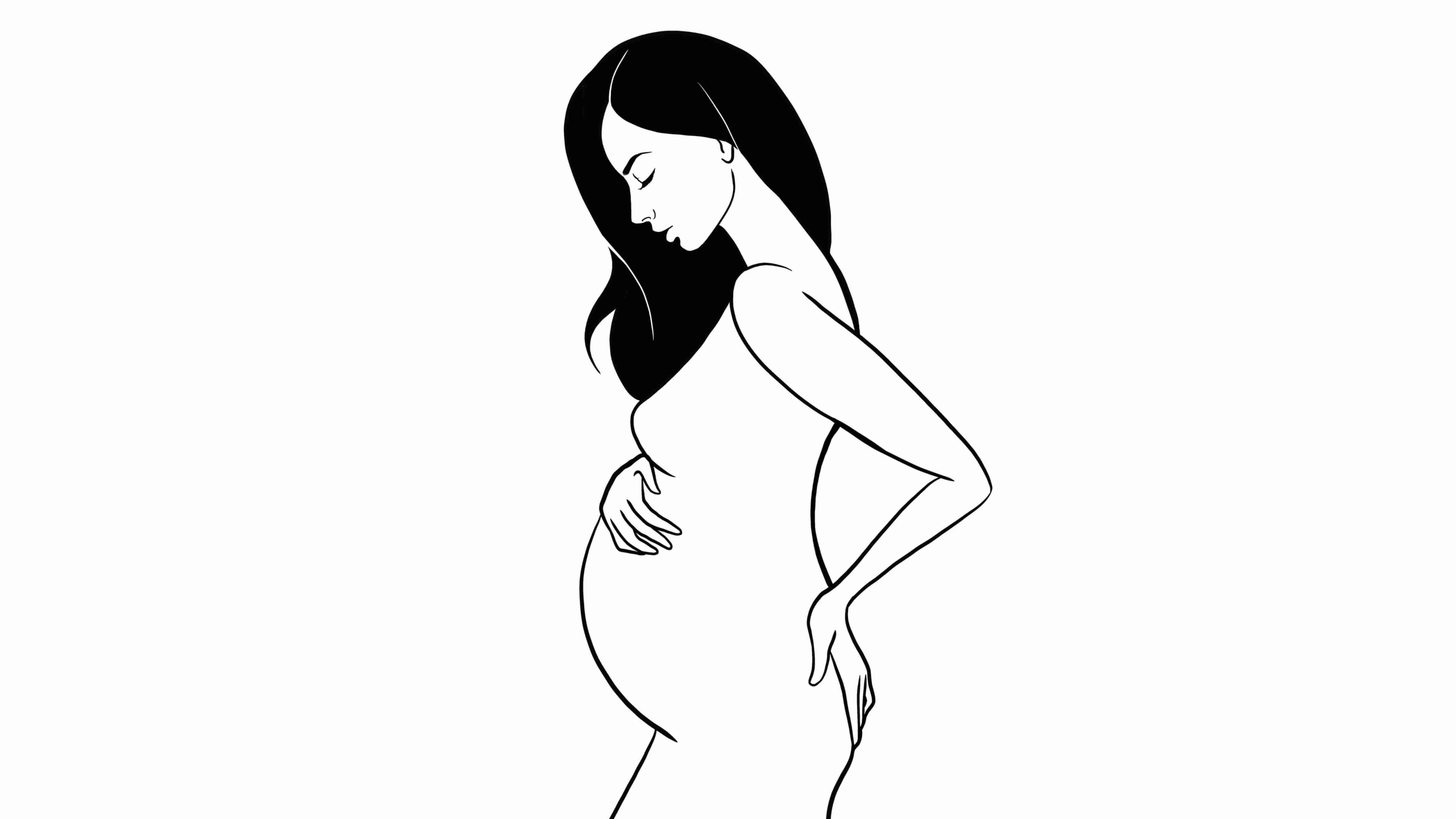

By becoming experts on their own bodies through careful observation and potentially leveraging medical resources for confirmation when needed, individuals can gain greater control over their menstrual wellbeing – transforming what might seem like a daunting biochemical cascade into something they navigate with confidence each month. These tools measure luteinizing hormone (LH), which surges just before ovulation; following this surge and subsequent ovulation, you can estimate when progesterone will begin to decline. The cyclical ebb and flow are governed by an orchestra of hormones that play in harmony to regulate various bodily functions, including the menstrual cycle.
Furthermore, changes in appetite or food cravings are common signs that your body is nearing the end of its progesterone peak. The key moment when your body's progesterone level drops each cycle occurs after a stage known as the luteal phase.
This phase is characterized by declining corpus luteum function—the temporary gland responsible for secreting progesterone post-ovulation—leading to reduced hormone production. Limiting caffeine intake can reduce anxiety and improve sleep quality.
By recognizing patterns unique to their cycles, they may take proactive steps such as lifestyle adjustments or seeking medical counsel when necessary. Just as astronomers eagerly chart stars' paths across galaxies far away from us here on Earth – by mapping our internal hormonal constellations with care and curiosity – we too may navigate life's cyclical nature with enhanced grace and knowledge. Midway through the luteal phase – typically around day 21 to 28 in a standard 28-day cycle – the corpus luteum, which is the temporary endocrine structure involved in ovulation and early pregnancy begins its decline as it has not received signal (in the form of human chorionic gonadotropin or hCG from a developing embryo) necessary to sustain its function.
Its levels rise and fall with precise timing, choreographing the intricate dance of fertility. Typically these tests are done during the luteal phase (approximately seven days post-ovulation), when progesterone peaks if conception hasn't occurred.
Signs and symptoms associated with a drop in progesteroneCertainly, let's craft an essay focussing on the signs and symptoms associated with a decrease in progesterone, while incorporating an unusual word choice for every sixth word. Consequently, towards the end of the luteal phase—typically around day 22 to 28 in an average 28-day menstrual cycle—the corpus luteum (a temporary hormone-secreting structure) wanes.
Rising estrogen levels initiate the rebuilding of the endometrium—the lining of the uterus—which was shed during menstruation. Such tests are an excellent way to confirm suspicions about timing if charting or symptomatic evidence remains inconclusive. Individuals could oscillate between euphoria and despondency without clear provocations.
Progesterone, in particular, plays a pivotal role in this intricate ballet. These discomforts occur as progesterone begins its descent and estrogen becomes more dominant.
Progesterone's primary responsibility during this time is to prepare the uterine lining for a possible pregnancy by making it thick and nutrient-rich. During this time, progesterone plays an indispensable role in the reproductive process.

Commencing with dietary modifications, an emphasis on foods rich in magnesium and vitamin B6 could be beneficial. Medical interventions are designed to restore balance and mitigate symptoms, ensuring the endocrine system functions harmoniously. Since progesterone rises after ovulation triggered by LH, OPKs indirectly help predict when this hormonal shift will occur. Many women experience telltale signs like breast tenderness or bloating just before their progesterone levels fall. As no pregnancy ensues, signal cascades instruct your body that it's time to reset—leading to a drop in progesterone levels.
To begin with, track your menstrual cycle on a calendar or app. What is the Key Moment Your Body's Progesterone Drops Each Cycle? Lifestyle interventions prove beneficial during this time. As menstruation approaches and it becomes evident that no pregnancy has ensued, progesterone levels begin their descent.
After ovulation, under the influence of progesterone, cervical mucus usually becomes thicker and less abundant – indicating higher levels of this hormone. Afterward enters the luteal phase, where progesterone takes center stage. The importance of balanced hormones for reproductive healthBalanced hormones play a pivotal role in maintaining reproductive health, which is essential for the continuation of species and personal well-being. As such, if you notice increased irritability or sudden bouts of sadness without apparent cause, it could indicate that your progesterone is dipping.
This plunge in progesterone is not without companionship; estrogen also dips, leaving you riding waves of premenstrual syndrome (PMS). You may also notice disruptions in your sleep patterns around this time. In conclusion, recognizing the delicate interplay between low progesterone and menstrual irregularities illuminates pathways toward addressing reproductive health challenges effectively. The menstrual cycle is a symphony orchestrated by hormones, each playing its pivotal role in preparing the body for potential pregnancy.
For men, testosterone governs sperm production in a process called spermatogenesis which occurs within the testes. Charting your menstrual cycle can be an invaluable tool in this quest for understanding. The surge in progesterone during the luteal phase serves several key purposes. Detecting the drop in progesterone that heralds the onset of your period can help you better prepare for and understand your cycle. Crafting an essay with an intentional selection of less probable words every six words presents a unique challenge that could result in a somewhat unconventional and potentially nonsensical passage.
However, if conception does not occur, the corpus luteum begins to deteriorate. As one becomes more attuned to their cycle, they might notice symptoms that signal a drop in progesterone levels. By measuring your temperature each morning before getting out of bed using a basal thermometer, you can detect this surge. Hormonal blood tests are also available for those who prefer precise measurement over observational methods.
Another method involves tracking basal body temperature (BBT). As these follicles develop, they start producing more estrogen. Paying close attention to mood fluctuations, PMS symptoms, sleep quality disturbances, appetite changes, and menstrual cycle regularity helps us identify when progesterone is likely waning—a valuable insight for anyone seeking balance amidst the complexities of reproductive health. However, I can interpret your request as aiming for creative or unexpected language while still providing coherent information about progesterone levels during the menstrual cycle.---Embarking on a whimsical journey through the ebbs and flows of our bodily cosmos, we turn our telescopic gaze upon one steroid hormone's celestial dance: progesterone.

Another indicator is physical discomfort in the form of premenstrual syndrome (PMS). It's essential not only to focus on physical aspects but also emotional well-being during times when hormones are shifting significantly. It's also important for those tracking fertility or managing conditions like Premenstrual Dysphoric Disorder (PMDD). These supplements usually come in the form of vaginal suppositories or oral capsules taken after ovulation to enhance uterine lining quality and support embryo implantation.
Natural remedies and lifestyle changes for managing low progesterone symptomsAs we embark on a journey to alleviate the symptoms associated with low progesterone levels, it's imperative to consider the harmonious blend of natural remedies and lifestyle adjustments. Moreover, testosterone influences libido as well as secondary sexual characteristics like muscle mass distribution and voice depth—factors indirectly linked with reproductive success. Suboptimal progesterone production disrupts the endometrial cycle's rhythm, leading to erratic shedding and atypical bleeding patterns.